UM Scientists to Host State's First Nanolithography Facility
National Science Foundation helps Ole Miss secure first-of-its-kind tool for Mississippi
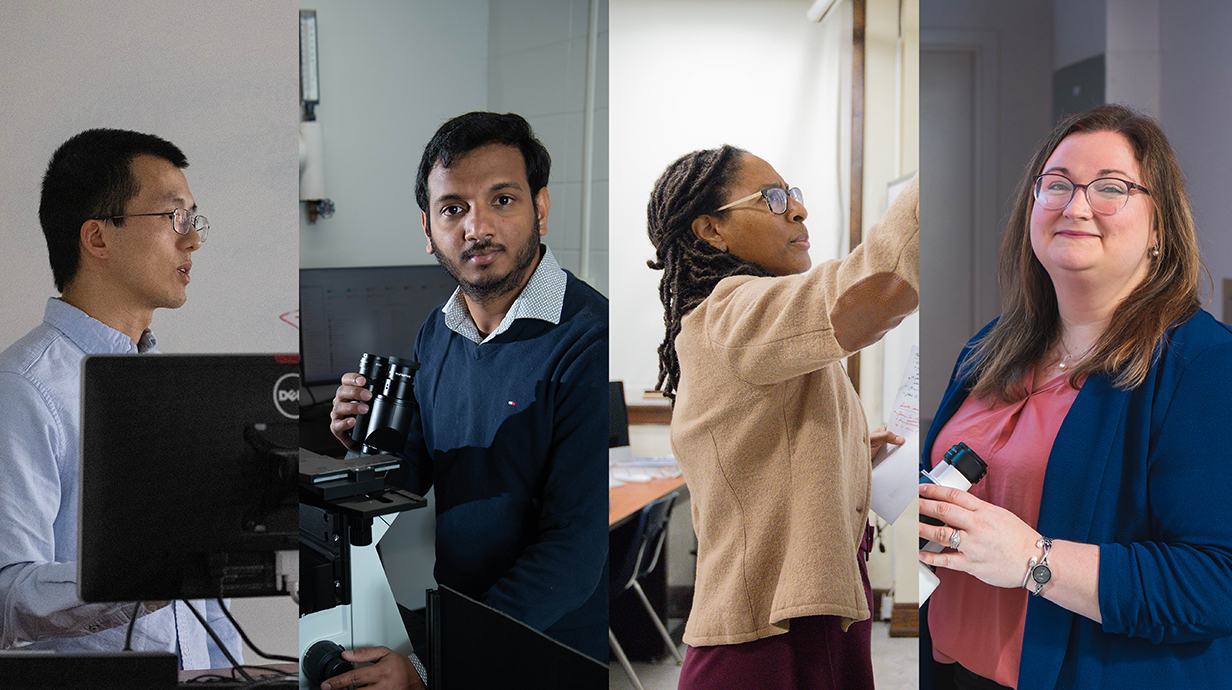
OXFORD, Miss. – The University of Mississippi will soon host the state's first fabrication tool that enables researchers to design and create structures on a nano scale, opening the door to collaborations both in Mississippi and across the region.
A $673,000 National Science Foundation Major Research Instrumentation grant will fund the purchase of a NanoFrazor Explore, a tool that can "write" nanoscale and microscale patterns. Because a nanometer is about one-billionth of a meter, or roughly 100,000 times smaller than the width of a human hair, these patterns are small enough to fit on the edge of a piece of paper.
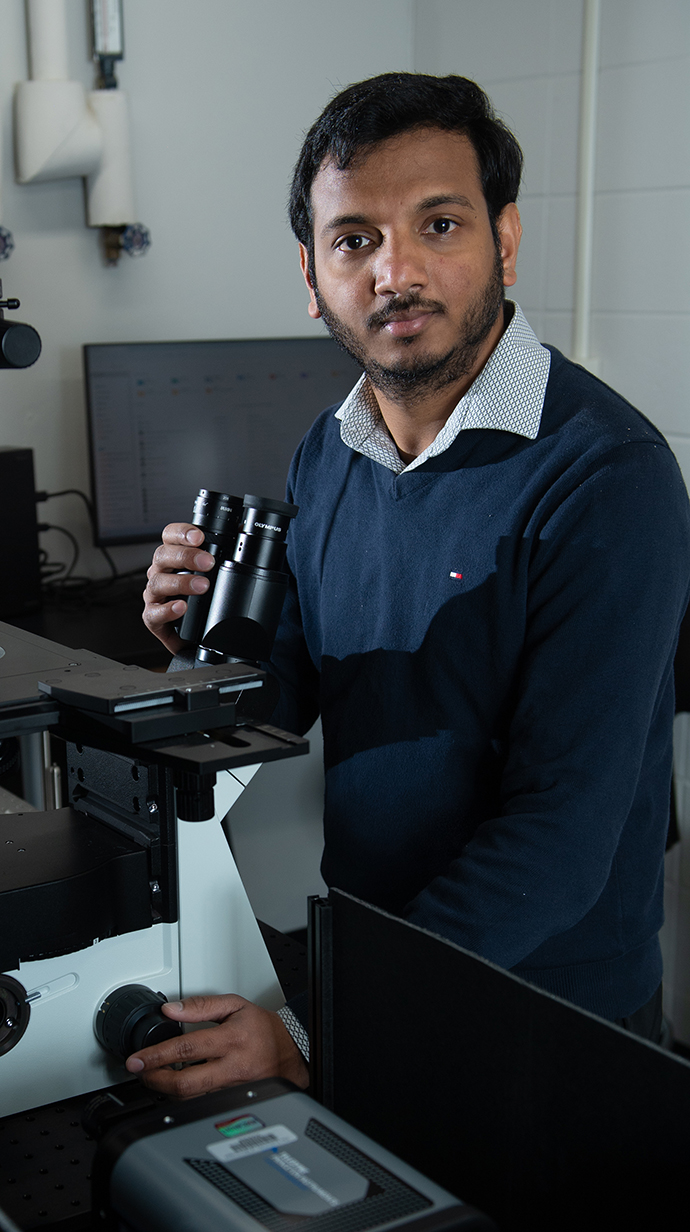
Vignesh Sundaresan, assistant professor of chemistry and biochemistry, works in his lab in Coulter Hall. Photo by Kevin Bain/Ole Miss Digital Imaging Services
"There were so many people on this proposal because this tool will have so many applications, both for this university and for other researchers," said Vignesh Sundaresan, assistant professor of chemistry and biochemistry. "We listed several research groups and centers that are already interested, and each one of those contains three or four people plus their graduate students.
"Every one of them is going to benefit from using this technology."
The tool will support 18 ongoing Ole Miss research groups in chemistry, physics, biomedical engineering and mechanical engineering, and enable projects ranging from drug delivery systems to wireless microheaters and renewable energy.
Having the first tool of its kind in the state will offer new opportunities for collaboration with other institutions and research centers across the South, said Nikki Reinemann, associate professor of biomedical engineering.
"Being the first NF Explore in Mississippi provides a unique resource to the state's research," Reinemann said. "This instrument will not only strengthen our own work but also be available for collaborations with colleagues in engineering, materials science and biomedical research across the state.
"Having this capability in Mississippi reduces reliance on out-of-state facilities and will foster partnerships among our state's universities."
The NanoFrazor Explore simplifies researchers' efforts to create designs, structures and other formations at nanoscale, Sundaresan said. The difference is like going from a Gutenberg press to a modern-day printer.
"If you wanted to write in a particular font in the in the olden days, you would have to make the stencils," he said. "And every time you wanted to change the font or a word, you'd have to make a new stencil. The same thing goes for this process.
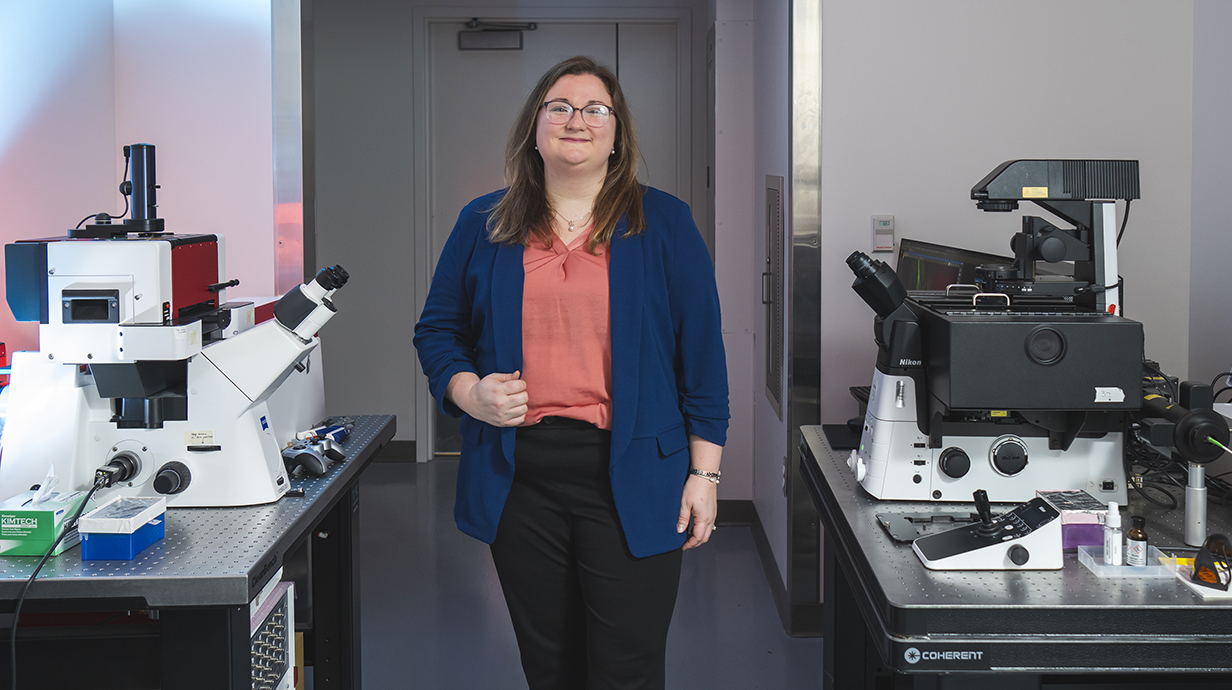
Nikki Reinemann, associate professor of biomedical engineering, works in her lab. Photo by Srijita Chattopadhyay/Ole Miss Digital Imaging Services
"If I want to substrate in a particular shape or size, then I need to prepare that stencil first; that takes time. What this allows us to do is called direct-write lithograph. We don't need to make the stencil anymore because we can make changes directly."
And like a printer, the applications are practically endless.
Cecille Labuda, associate professor of physics and astronomy, will use the tool to design and test materials that can control how sound waves move. This research could improve technologies such as medical imaging and noninvasive sensors.
"We already have colleagues in Tennessee, for example. who have expressed interest in using it," she said. "This instrument will open up scientific avenues that we have not had access to before (and) allow us to grow and develop new research areas."
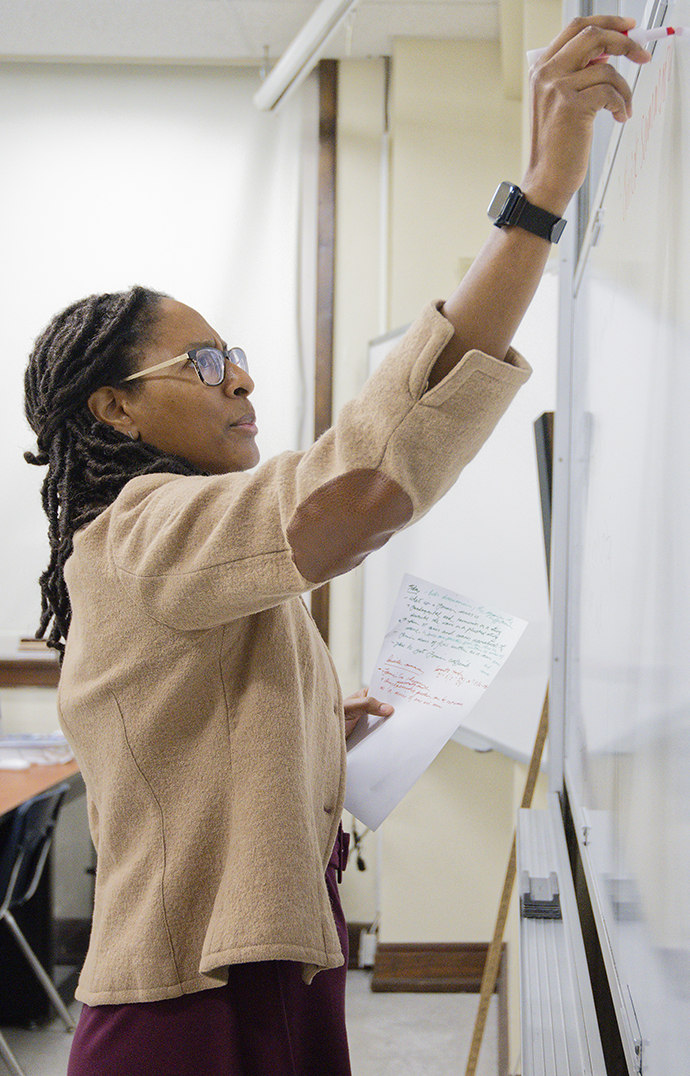
Cecille Labuda, associate professor of physics and astronomy, explains a concept during her undergraduate physics class. Photo by Hunt Mercier/Ole Miss Digital Imaging Services
Reinemann and her lab will use the technology to study motor proteins, which move things around in cells and help with cell division and muscle contraction. A better understanding of motor proteins can lead to biologically inspired diagnostic devices in health care.
Previously, Reinemann's team could study these proteins only in two-dimensional form. With the NanoFrazor Explore, that work can be done in 3D and with more detail.
"Having the NF Explore here will expand what we can do experimentally," she said. "Instead of being constrained to 2D assays, we'll be able to create 3D nanostructures and microenvironments that better mimic the inside of a cell."
Yiwei Han, associate professor of mechanical engineering, will use the device in his ongoing study of wireless microheaters. These machines can heat individual plant cells, helping researchers understand how crops respond to stress and potentially making agriculture more resilient to harsh or changing climates.
"We actually have tried to fabricate these devices in my lab, but because they are so small, it is difficult to get one in 100 tries," he said. "With this device, we can make up to 10 heaters at a time, which saves us time.
"So, this device is going to be beneficial for my lab, yes, but it will benefit the whole university and the state as well."
With the increased push for advanced manufacturing in the U.S., having the NanoFrazor Explore on campus will also help position students better for their future careers, Han said.
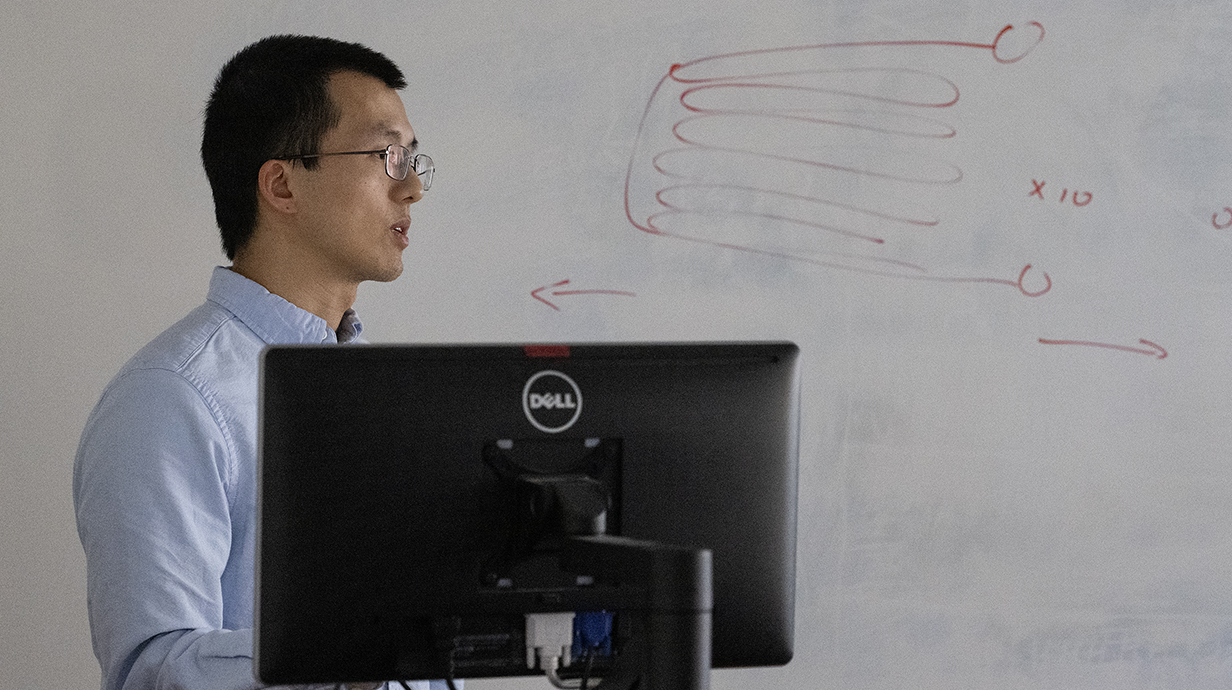
Yiwei Han, associate professor of mechanical engineering, teaches in Carrier Hall. Photo by Thomas Graning/Ole Miss Digital Imaging Services
"When we talk about advanced manufacturing, and when we talk about chips, we're talking about state-of-the-art devices like this one," he said. "Now, when they graduate and go into that industry, they'll know how to do these things."
Han, Labuda, Reinemann and Sundaresan's projects are just a few of the many that will benefit from having a nanofabrication tool in the state, Sundaresan said.
"Previously, if we wanted to use this instrument or one like it, we had to travel to a collaborator and use theirs," he said. "But now that we'll have it here in Mississippi, our researchers don't need to go elsewhere, and researchers in other universities can come and collaborate with us."
This material is based on work supported by the National Science Foundation grant no. 2509877.
Top: A broad range of UM researchers, including (from left) Yiwei Han, associate professor of mechanical engineering; Vignesh Sundaresan, assistant professor of chemistry and biochemistry; Cecille Labuda, associate professor of physics and astronomy; and Nikki Reinemann, associate professor of biomedical engineering, expect the acquisition of a NanoFrazor Explore to significantly boost their research efforts. The National Science Foundation has provided $673,000 for the tool, which can 'write' nanoscale and microscale patterns. Photos by Kevin Bain, Thomas Graning and Hunt Mercier/Ole Miss Digital Imaging Services
By
Clara Turnage
Campus
Published
October 31, 2025
